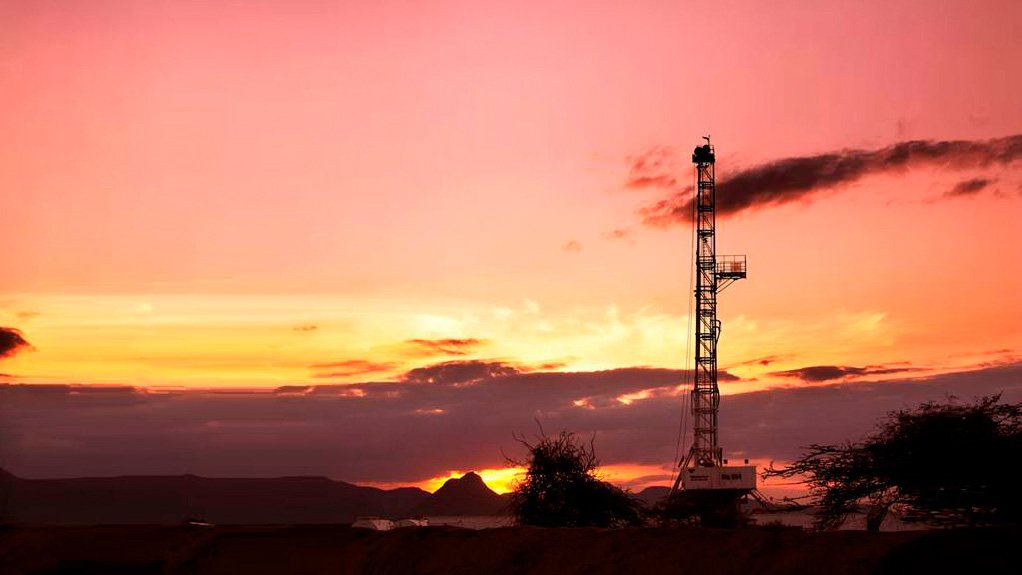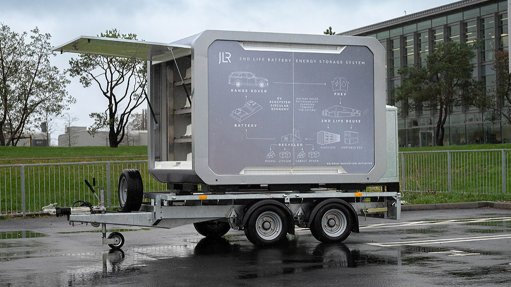Fiscal weaknesses constrain African sovereign ratings despite growth – S&P
Strong economic growth rates among most sub-Saharan African (SSA) sovereigns have not translated into improved credit quality, as fiscal deficits persist for most rated sovereigns in Africa, and current account deficits remain high, owing to capital and consumer goods imports, a report released on Tuesday by ratings agency Standard & Poor’s (S&P), has revealed.
While the agency’s average rating of SSA economies had gradually declined over the past decade, the report held that this did not reflect a longer-term trend of weakening creditworthiness.
“Rather, it is because we rate a greater number of sovereigns, some of which have lower ratings. Of the 16 sovereigns that we currently rate in sub-Saharan Africa, 11 reside in the 'B' category, and three in the 'BB' category. Only two sovereigns – Botswana and South Africa – have investment-grade ratings,” said the report.
Only 5 of 16 sovereigns in SSA had a negative ratings outlook, and only one had a positive ratings outlook, reflecting the agency’s view that there was limited potential for upward ratings movements in the near term.
S&P pointed out that various factors constrained the ratings on many African sovereigns, despite high gross domestic product (GDP) growth rates.
“Firstly, growth still comes from a very low level, as most SSA countries are still very poor in per-capita GDP terms. For example, five rated African sovereigns, namely Burkina Faso, Kenya, Mozambique, Rwanda and Uganda, have a per capita GDP below $1 100, while the median globally in the 'B' category is above $3 000,” the report stated.
The only six rated sovereigns in SSA to have a per capita GDP higher than $3 000 were Angola, Botswana, Cape Verde, Congo, Gabon and South Africa.
In addition, economic activity in most commodity-producing countries was concentrated in the mining or oil sectors, which resulted in reliance on fiscal revenues from those sectors, making these African States vulnerable to changes in the production, demand or prices of commodities.
“Other factors weighing on the creditworthiness of SSA countries, in our view, are low political and institutional predictability, and high oil prices, which continue to weigh on the current account balances of oil-importing countries,” S&P held.
Even among some oil exporters, the report claimed that elevated oil prices could contribute to growing fiscal deficits and debt, as a result of the fuel subsidies paid by several governments.
GDP OUTLOOK
The report further forecast average GDP growth of 5% for the region in 2013, remaining relatively flat on growth in prior years.
Mozambique and Rwanda would continue to grow at a rate above 7%, the former supported by strong investment inflows into the mining sector, the latter by its expanding construction and services sectors.
Meanwhile, S&P expected commodity-extracting countries such as Angola, Ghana, Nigeria and Zambia to continue to post strong real GDP growth rates above 6%.
“At the other end of the scale, we forecast only 2% growth for South Africa, while Cape Verde's GDP is set to contract by 1%. In both cases, a combination of domestic and global factors is straining higher growth,” said the report.
The agency expected other sovereigns, such as Botswana, Cameroon and Senegal, to expand their GDP at an average of 4% in 2013.
SOVEREIGN RATINGS
Since upgrading the sovereign rating of Nigeria to 'BB-' from 'B+' in November 2012, S&P had not adjusted any SSA sovereign ratings; however, it revised the outlooks on Benin and Uganda to negative from stable in December last year, on account of stalling reforms, increasing external imbalances and deteriorating donor relations.
“This year, we revised the outlooks on Cape Verde, Mozambique and Zambia to negative from stable because we considered that their external and fiscal positions were weakening.
“On the other hand, we revised the outlooks on Senegal and Gabon to stable from negative. In Senegal, this was prompted by a smooth power transition in 2012 and a path of fiscal consolidation, while, in Gabon, sustained higher economic growth and current account surpluses prompted our outlook revision to stable,” the agency noted.
S&P had maintained its negative ratings outlook of South Africa.
Comments
Press Office
Announcements
What's On
Subscribe to improve your user experience...
Option 1 (equivalent of R125 a month):
Receive a weekly copy of Creamer Media's Engineering News & Mining Weekly magazine
(print copy for those in South Africa and e-magazine for those outside of South Africa)
Receive daily email newsletters
Access to full search results
Access archive of magazine back copies
Access to Projects in Progress
Access to ONE Research Report of your choice in PDF format
Option 2 (equivalent of R375 a month):
All benefits from Option 1
PLUS
Access to Creamer Media's Research Channel Africa for ALL Research Reports, in PDF format, on various industrial and mining sectors
including Electricity; Water; Energy Transition; Hydrogen; Roads, Rail and Ports; Coal; Gold; Platinum; Battery Metals; etc.
Already a subscriber?
Forgotten your password?
Receive weekly copy of Creamer Media's Engineering News & Mining Weekly magazine (print copy for those in South Africa and e-magazine for those outside of South Africa)
➕
Recieve daily email newsletters
➕
Access to full search results
➕
Access archive of magazine back copies
➕
Access to Projects in Progress
➕
Access to ONE Research Report of your choice in PDF format
RESEARCH CHANNEL AFRICA
R4500 (equivalent of R375 a month)
SUBSCRIBEAll benefits from Option 1
➕
Access to Creamer Media's Research Channel Africa for ALL Research Reports on various industrial and mining sectors, in PDF format, including on:
Electricity
➕
Water
➕
Energy Transition
➕
Hydrogen
➕
Roads, Rail and Ports
➕
Coal
➕
Gold
➕
Platinum
➕
Battery Metals
➕
etc.
Receive all benefits from Option 1 or Option 2 delivered to numerous people at your company
➕
Multiple User names and Passwords for simultaneous log-ins
➕
Intranet integration access to all in your organisation





















